As temperatures warm and snowmelt intensifies, our grooming teams are hard at work maintaining our existing snowpack with the goal of getting it to last as long as possible. This time of year, we tend to get a lot of questions about *how* grooming works. Here, we’ve compiled the most frequently asked questions to give you more insight into this exciting, challenging operational time in the season:
It gets so warm in Lake Tahoe in the spring. How do you maintain everything and make sure trails last through the projected Closing Day?
The most important thing we can do to keep runs alive as long as possible is to give them proper maintenance throughout the season. From when we first cut in a road or a run after a big storm to repairing areas of the run on a daily basis, it’s all about giving the right amount of attention to problem spots.
Each day, skiers and snowboarders push huge amounts of snow downhill as they travel around the mountain. Contrary to popular belief, snowcat operators do not just drive over the runs and put fresh corduroy on them. Instead, they must start by pushing all of that snow back uphill, re-grading the run properly before tilling it out to create a corduroy texture.
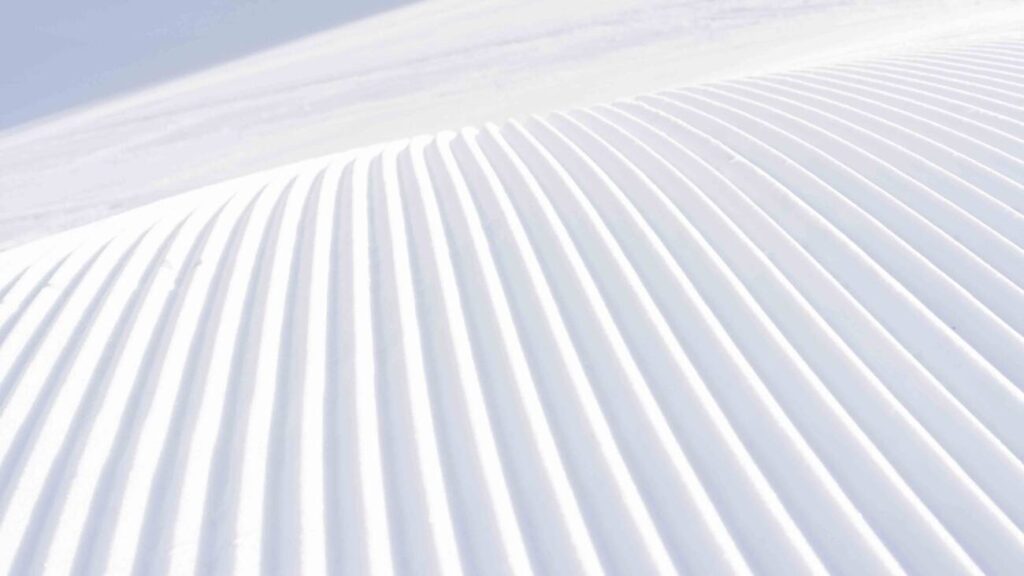
When it comes to problem spots in the spring time, we have to give the most attention to the worst areas. It’s a game of triage. A great example is CII Ridge, the ridgeline that connects Headwall and KT-22. CII Ridge gets a lot of sun exposure. Because of the dark-colored rock formations in this area that attract heat, it can start to melt out very quickly. Even in the depths of winter, we have to give CII Ridge daily maintenance. We do this by farming snow from other areas that have better coverage and then adding it to the ridge in order to keep it open.
During storms, avalanches and visibility can be hazardous. Are there spring time hazards?
Yes, definitely. There are several spring time hazards to be aware of:
- The creek beds that open up. You wouldn’t know it when you’re skiing around the mountain in deep winter, but several of our chairlifts at both Alpine and Palisades are practically on top of creek beds. These get comfortably covered with snow in the colder months, but come spring time, the creeks and streams roar to life. Sinkholes can happen at any time.
- Rocks and boulders come loose in the spring. There are known areas of concern at both mountains where operators know they should pay extra attention to the potential of rocks sliding down the hill towards their machine.
- Wet, warm slides are possible.
How do the snow conditions change in spring?
The density and quality of the snow in springtime are wildly variable. The first week we get warm temperatures, the snowpack consolidates a lot very quickly. We lose a big chunk of snowpack right away, and then it evens out and starts to melt more gradually.
When swing shift begins in the late afternoon, the spring snow can be slushy, heavy, and wet. This dense snow is harder to push through and can lead to snowcats augering in on steeper slopes. To avoid this, operators must be experts at knowing how to work in different types of snowpack. After sunset, once the temperatures drop, the snow conditions tend to improve a bit and runs that are already groomed “snap,” or firm up quickly.
For this reason, we are particular about which runs we groom on swing shift (which starts at 4pm) vs grave shift (which starts after midnight). Often times in the spring, because of the changing conditions, we will consolidate all grooming onto swing shift so that the surfaces have time to snap. Grave shift will then till out beginner terrain so that it is nice and soft or work on push projects.
When it rains, how does that affect the snowpack? How does it change what you groom?
When it is raining (or right after it has rained), we stay off of steeper slopes like Siberia or Granite Chief. We also try to not drive over things more than once or do big pushes that open up the snowpack. We just want to open it one time and let it seal up. Usually, there are also lightning concerns in wet weather events that we have to take into consideration. When lightning is within a certain radius, we cannot operate winch cats, so that can affect our plan for the night as well.
Is it harder to groom in the spring? Are there ways to make it easier?
Operators will find challenges when grooming in any type of condition. It’s the nature of the job. That said, spring does present a unique set of challenges, especially at a resort like Palisades Tahoe which consistently has the longest ski season in Lake Tahoe:
- Snow that gets overworked (or driven over and processed too may times) can become very difficult to create a smooth, even corduroy product. To avoid over-processing the snow, snowcats will often travel with tillers up and only till it (create the corduroy texture) one time.
- Sometimes in the spring, it is better to stay off of a run rather than try to repair it. You can do more harm than good with the weight of a snowcat bearing down on thin snowpack.
- It can be more difficult to find places to farm snow from, especially as we get into May. Large pockets of deep snow dwindle, and you may have to sacrifice some less-traveled or lower-priority runs to focus on main arteries.
One of the best ways to make spring grooming easier is through salting the runs. We tend to do this year-round for race venues and for Terrain Parks. Adding salt helps terrain “snap” even in warm temperatures, making snowcat travel easier and allowing runs to last longer.
Perhaps the most important tool we have to make grooming “easier” or more efficient is SNOWsat. SNOWsat is a revolutionary technology that uses satellite data and GPS radar to accurately measure snow depth. It allows our snowcat fleet to measure the snow depth more than 100 feet away from the vehicle.
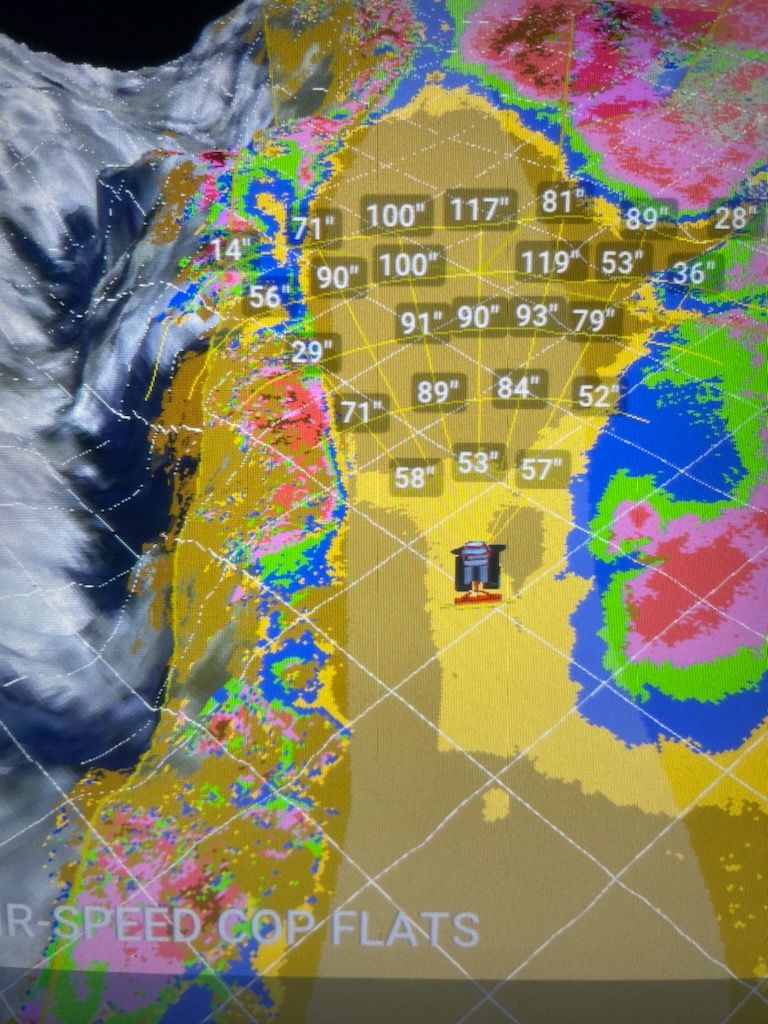
Using this information, our operators can identify problem areas or find the best spots to farm snow from. This information is tracked in real-time, so as long as a snowcat has recently driven through or by the area, the operator will see the most up-to-date data.
This information is not just available in the snowcats themselves. It’s also a desktop program that many managers in the company use for planning (such as Terrain Parks, Ski Teams, etc). Here’s an example of what SNOWsat looks like on desktop. This is a view of Palisades on April 1st, 2024. For some context, the colorful strip along the bottom is CII Ridge and the dark yellow section towards the top is the Siberia and Big Blue bottom terminals.
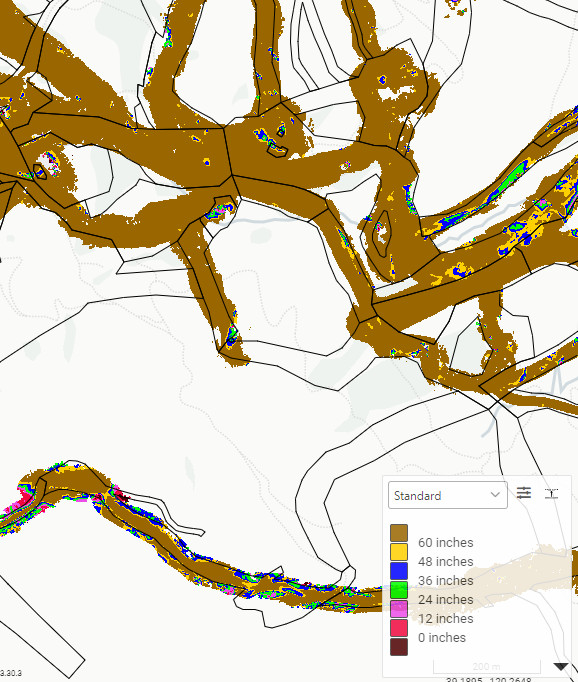
For more about SNOWsat, read our Deep Dive into SNOWsat Grooming Technology.
LIKE THESE “BONUS” OPERATIONS BLOGS?
Let us know! Send some feedback over to chatter@palisadestahoe.com. We’d love to hear your thoughts, your further questions, or your ideas for what we should write about next.

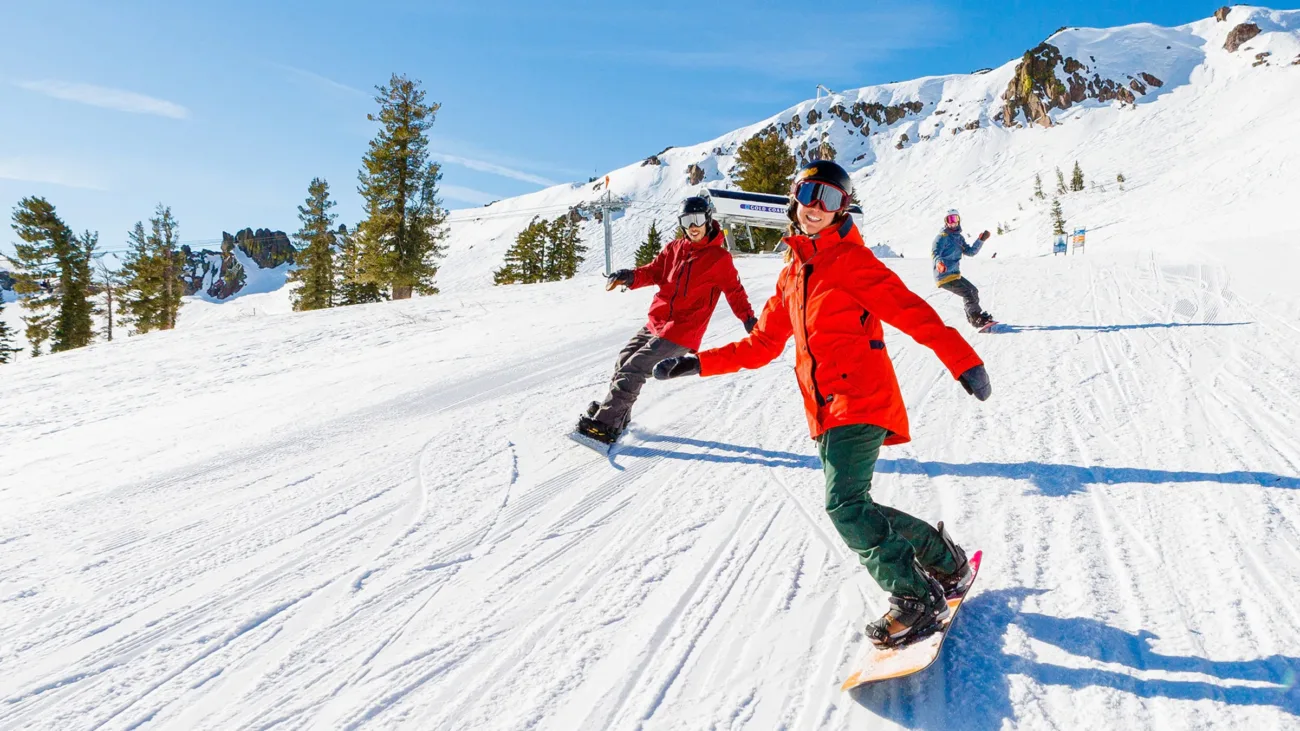
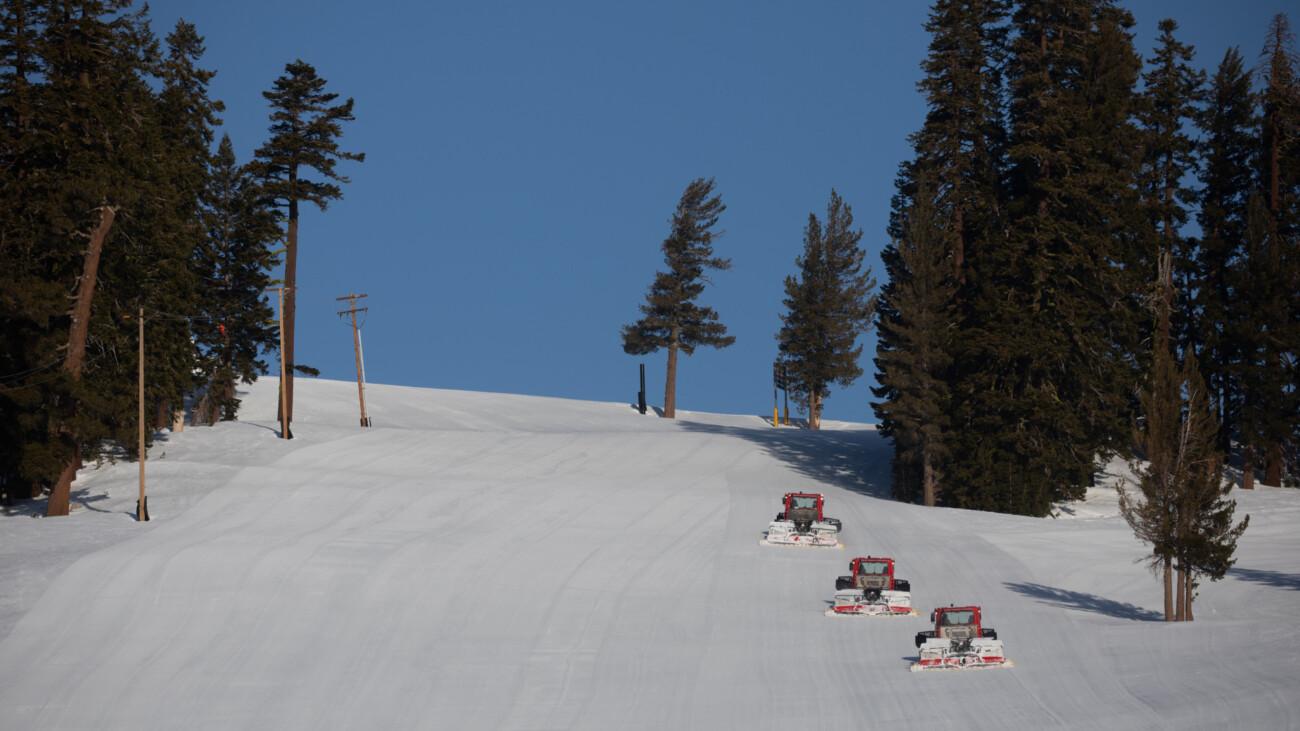
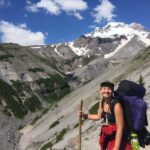
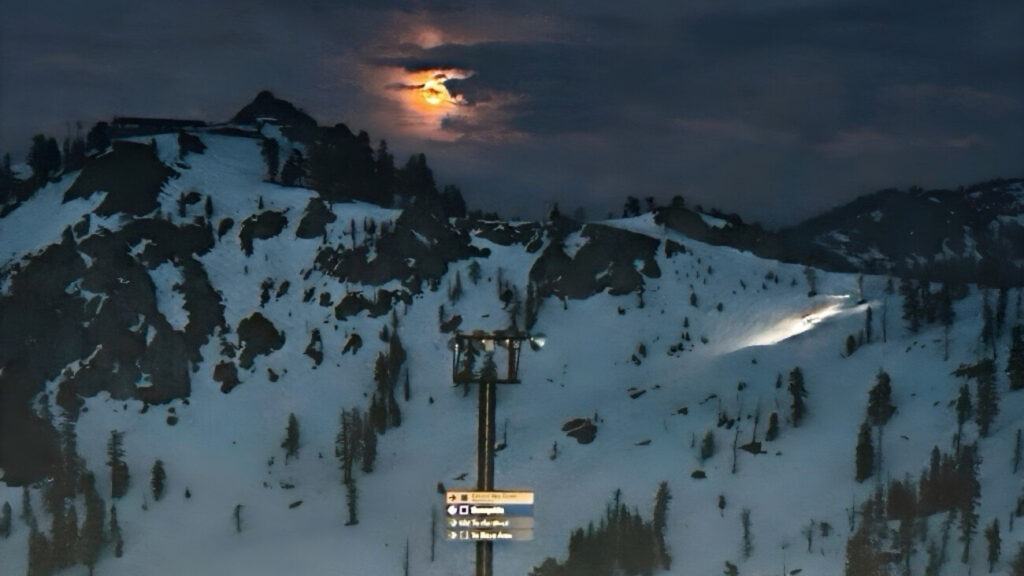
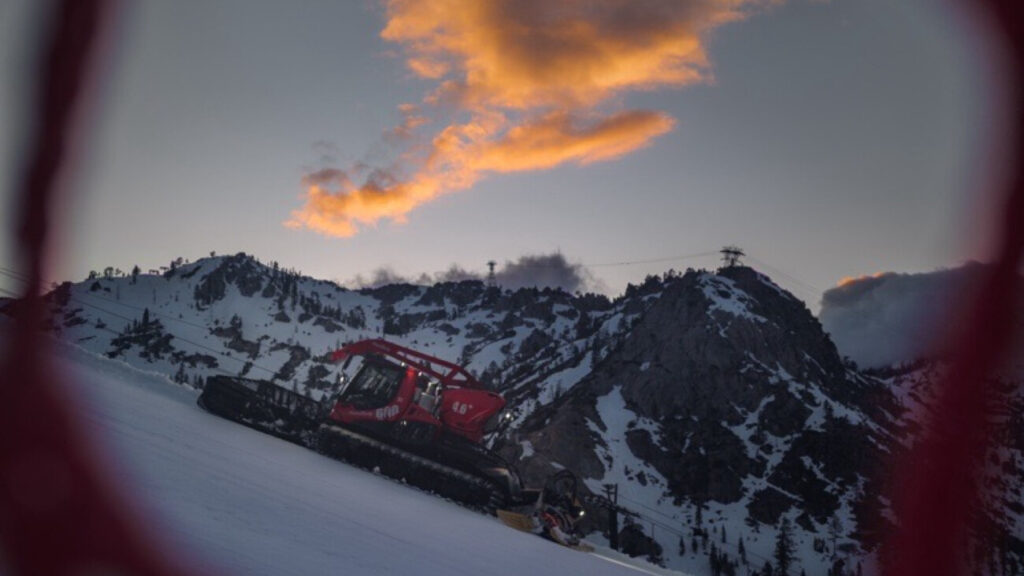
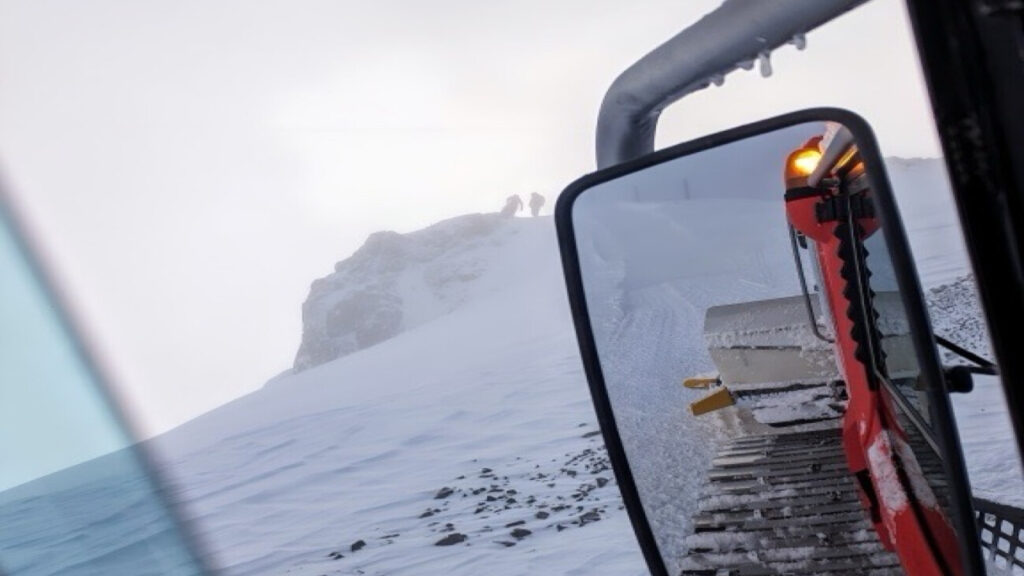


2 Responses
Great writeup regarding snow, equipment, strategy, and conditions. Thanks for providing this information.
I did enjoy this, informative and interesting, thanks!